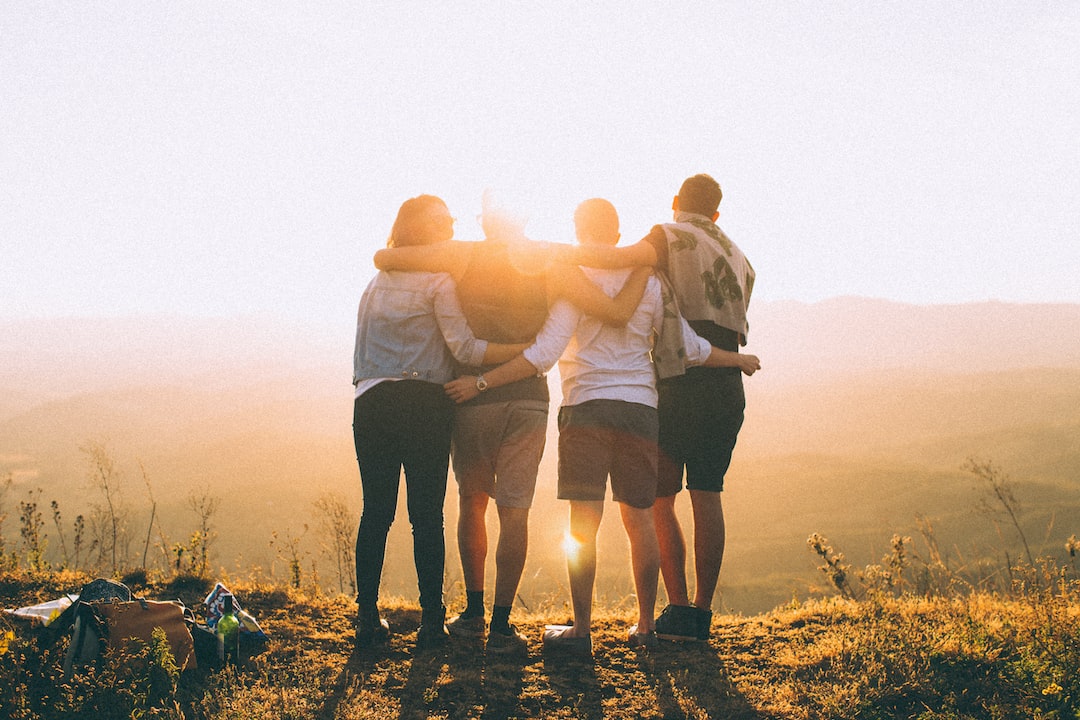A Comprehensive Guide to Photographing Wildlife in their Natural Habitat
landscape photography offers incredible opportunities to capture the vast beauty of nature. But what about incorporating wildlife into these breathtaking landscapes? Photographing wildlife in their natural habitat requires a unique set of skills, techniques, and patience. This comprehensive guide will provide you with all the necessary information to achieve stunning results in wildlife photography.
Choose the Right Gear:
When it comes to wildlife photography, having the right gear is crucial. Invest in a quality DSLR or mirrorless camera with a long zoom lens. A focal length range of 200-400mm is ideal, as it allows you to capture wildlife from a safe distance without disturbing them.
Research and Scout Locations:
Knowing where to find wildlife is essential. Conduct thorough research to discover the best locations for wildlife photography. National parks, nature reserves, and wildlife sanctuaries are often hotspots for various species. Conduct reconnaissance trips to scout the area and observe animals’ behavior before capturing them on your lens.
Practice Fieldcraft:
The key to successfully photographing wildlife is being inconspicuous and blending into their environment. Practicing fieldcraft will help you become one with the surroundings and enable you to photograph animals without disturbing their natural behavior. Learn to move silently, wear neutral colors, and use natural cover to camouflage yourself.
Master Your Camera Settings:
Understanding and mastering your camera settings is crucial in wildlife photography. Familiarize yourself with the exposure triangle (aperture, shutter speed, and ISO) and learn how to adjust them to capture the perfect shot. Use aperture priority mode to control depth of field, set a higher shutter speed to freeze motion, and keep ISO at lower levels to avoid noise.
Patience, Patience, Patience:
Wild animals don’t follow a script, and capturing the perfect wildlife shot often requires a great deal of patience. Spend time observing the animals, their habits, and patterns. Anticipate their movements and be ready to click the shutter at the right moment. Practice patience, as capturing that awe-inspiring shot may take several hours or even days.
Respect Wildlife and their Habitat:
While photographing wildlife, it’s crucial to prioritize their well-being and respect their natural habitat. Keep a safe distance to avoid disturbing or stressing them. Do not litter or disrupt their environment. Remember, wildlife photography should always be responsible and ethical.
Post-Processing and Sharing:
Once you have captured those incredible wildlife moments, post-processing plays an essential role in enhancing your images. Learn basic editing techniques and invest in software like Adobe Lightroom or Photoshop to polish your images. Showcase your work by sharing it on social media or entering photography contests; this not only allows you to receive feedback but also promotes wildlife conservation.
In conclusion, photographing wildlife in their natural habitat is an incredible experience that requires skill, patience, and respect for the animals and their environment. By following the guidelines outlined in this comprehensive guide, you will be well on your way to capturing stunning wildlife images that beautifully intertwine with the breathtaking landscapes.
************
Want to get more details?
Shutter Bison
https://www.shutterbisonphotography.com/
Adventures, Travel, Tips & Tricks, Gear Reviews, Hiking, Backpacking and Exploring all through the lens of a camera.

